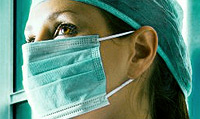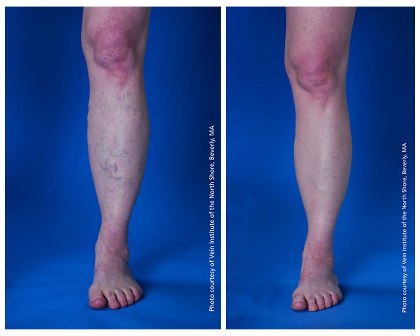Rethink Varicose Veins: See Summer Sander's Story
Varicose Veins and Venous Disease
Millions of Americans suffer from varicose veins and conditions caused by incompetent or damaged veins. Poor venous circulation can lead to chronic leg swelling, fatigue, pain, ulceration, discoloration of skin, poor wound healing, and depression.
New nonsurgical and minimally invasive options exist which can allow you to eliminate or reduce your problem with varicose veins and poor circulation. We at VeinsAmerica want to help you find the best way to improve your leg health.
The Venous System Anatomy
The venous system is made up of a network of veins including:
Superficial Veins: veins located close to the surface of the skin
Deep Veins: larger veins located deep in the leg
Perforated Veins: veins that connect the superficial veins to the deep veins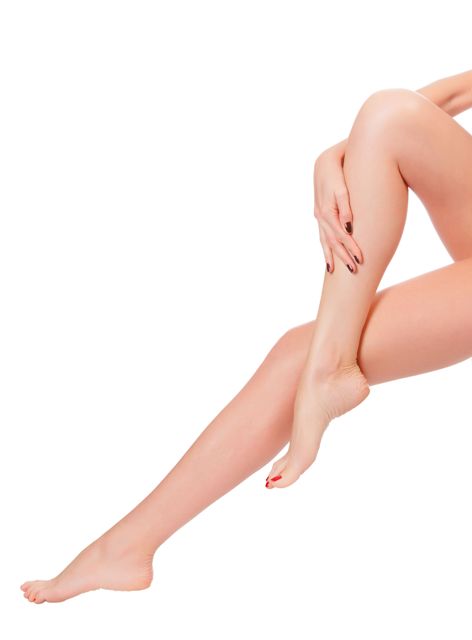
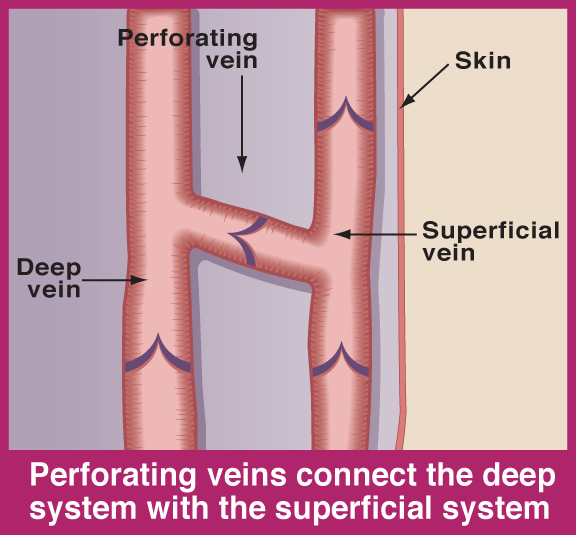
Understanding Venous Reflux Disease
Healthy leg veins contain valves that open and close to assist the return of blood back to the heart. Venous reflux disease develops when the valves that keep blood flowing out of the legs and back to the heart become damaged or diseased. As a result, vein valves will not close properly, leading to symptoms of: Varicose veins, Pain, Swollen limbs, Leg heaviness and fatigue and skin changes and skin ulcers.
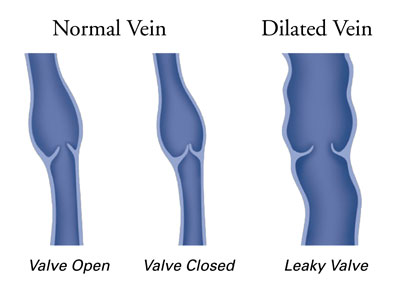
Interventional Radiology Nonsurgical Outpatient Procedure Treats Varicose Veins
Venous insufficiency is a very common condition resulting from decreased blood flow from the leg veins up to the heart, with pooling of blood in the veins. Normally, one-way valves in the veins keep blood flowing toward the heart, against the force of gravity. When the valves become weak and don't close properly, they allow blood to flow backward, a condition called reflux. Veins that have lost their valve effectiveness, become elongated, rope-like, bulged, and thickened. These enlarged, swollen vessels are known as varicose veins and are a direct result of increased pressure from reflux. A common cause of varicose veins in the legs is reflux in a thigh vein called the great saphenous, which leads to pooling in the visible varicose vein below.

Prevalence of Varicose Veins and Venous Insufficiency
Chronic venous disease of the legs is one of the most common conditions affecting people of all races.
- Approximately half of the U.S. population has venous disease--50 to 55% of women and 40 to 45% of men. Of these, 20 to 25% of the women and 10 to 15% of men will have visible varicose veins.
- Varicose veins affect 1 out of 2 people age 50 and older, and 15 to 25% of all adults.
Risk Factors
- Age
- Family history
- Female gender
- Pregnancy, especially multiple pregnancies, is one of the most common factors accelerating the worsening of varicose veins.
Symptoms
Symptoms caused by venous insufficiency and varicose veins include aching leg pain, easy leg fatigue, and leg heaviness, all of which worsen as the day progresses. Many people find they need to sit down in the afternoon and elevate their legs to relieve these symptoms. In more severe cases, venous insufficiency and reflux can cause skin discoloration and ulceration which may be very difficult to treat. One percent of adults over age 60 have chronic wounds known as ulcers.
People without visible varicose veins can still have symptoms. The symptoms can arise from spider veins as well as from varicose veins, because, in both cases, the symptoms are caused by pressure on nerves by dilated veins.
